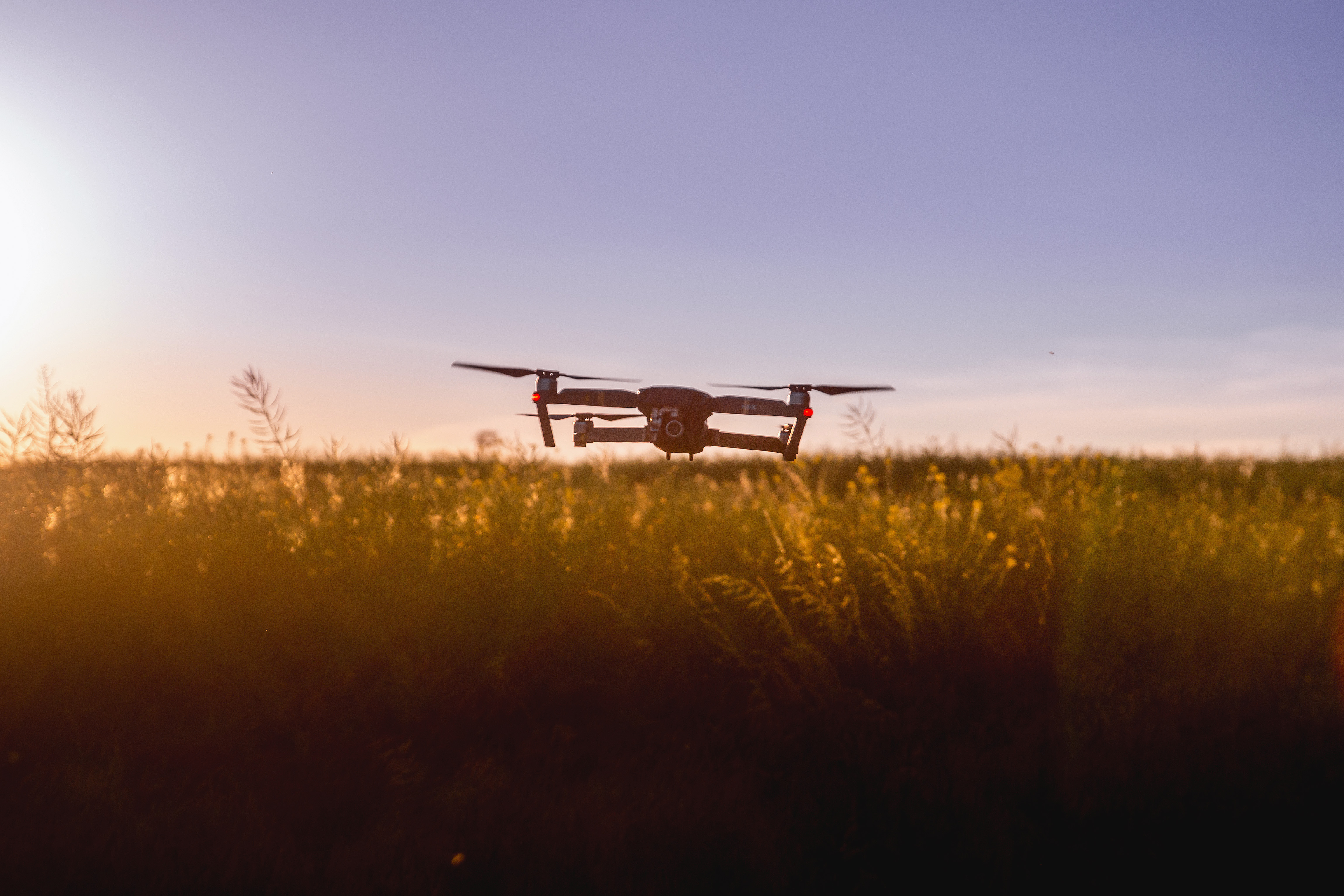
A range of precision tools – such as zone soil sampling, on-farm weather stations, or highly accurate agronomic recommendations have the potential to significantly aid in increasing productivity and profitability for many farming operations. With increased focus and spending on precision agriculture, “How do I get started in precision farming?” is one of the most often asked questions from farmers.
Getting started in precision agriculture
First, think about your farm’s needs. With accurate, cost effective, and user-friendly technology, farmers are now seeing benefits from micromanaging their fields: from more efficient application of inputs (seed, fertilizer), more effective utilization of tillage equipment, to improved crop and field measurements, and better farm management decisions.
However, you should avoid the rush in piling up both equipment and expenses. Take the time to identify your needs and understand how you would like them to be satisfied. Your situation is unique; therefore, you must thoroughly review all your options when adopting precision agriculture technology and/or practices. Only then will you be able to find an added value solution for your problem areas.
Don’t neglect planning for your farm’s future. To stay on top of the changes as your farm grows, your equipment must allow for upgrades to perform additional applications; also determine the requirements that need to be met for these upgrades to be realized and the associated costs or fees. A simple upgrade should still be significantly cheaper than buying an entry-level product that can’t be easily upgraded to expand with your farming business.
Is the technology compatible with your current and/or future operations? If so, it lets you reduce the costs of precision agriculture technology. For example, a specialized precision agriculture display mounted in the cab of harvest vehicle can also be used for auto-guidance control, monitoring, and adjusting boom height control.
Be mindful of your data. Big data tools bring big opportunities. Advanced precision technology allows farmers to crunch massive volumes of data that can be used to add exactness to the quantity, quality, timing and location of the application and utilization of inputs in both crop and livestock production.
But as big data continues to grow in size and importance, some thorny questions crop up: what kind of data should be used? What data aggregation and sharing is needed to capture essential insights? Who owns the data? Who has the access to this data? Is reuse allowed?
Take enough time to embrace the change in your farming practices. Avoid underestimating the time requirement for the first-time setup. Experts do say there’s a learning curve associated with beginning to use innovative technologies such as precision agriculture technology.
You can use our cost assessment tool to calculate the expected cost of specific products and services.
Moreover, harvesting the benefits of precision agriculture can also take longer than anticipated. But being able to see a financial return of investment in precision technology is an obvious concern for growers. However, as soon as they start thinking technology is just a part of the solution, not the solution, the ROI will be significant. Namely, when it comes to investment, time is really money, and both growers and equipment vendors and/or solution providers must invest both time and money to see how the info they get can be translated to insights.
Technology itself is not sufficient, always ask for a professional support. In various guises, technology is taking over agriculture. With such a large amount of choices these days, it is that essential vendors and service/solution providers are able to provide full support to their customers, and offer them a carefully tailored precision solution. On the other hand, it is even more crucial for growers to understand how to best use the technologies and various datasets.
Summing up, there is no right or wrong approach to adopting precision farming technology. If you’re in the early stages of adopting precision agriculture technology, consider going simple with equipment that will return you obvious benefits. However, ensure compatibility and flexibility of any piece of precision agriculture equipment for the future: that’s probably the important factor guiding your purchase. Finally, bear in mind it can take time to fully start to experience all the savings and potential increases in yield.
